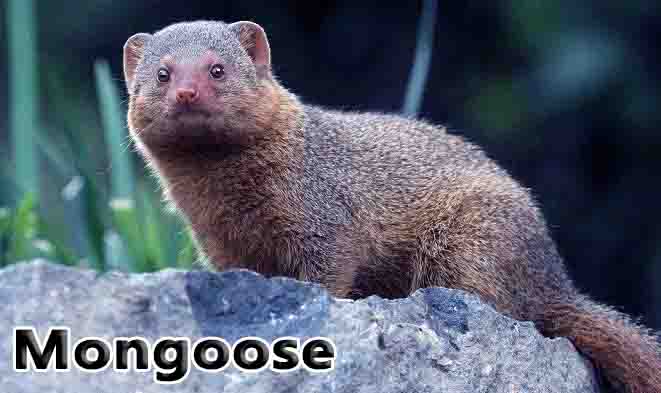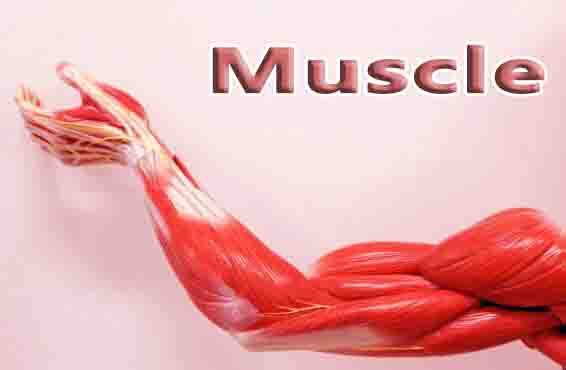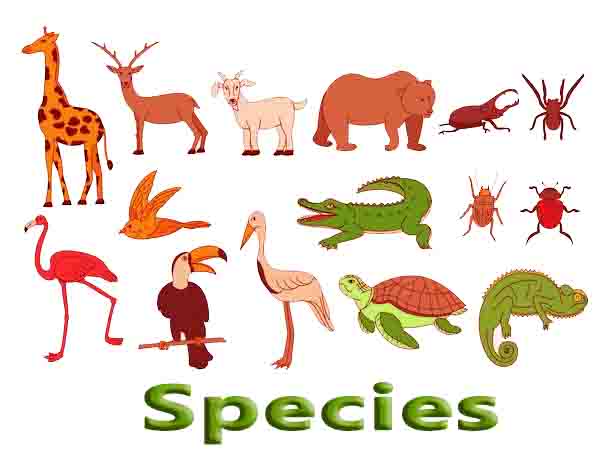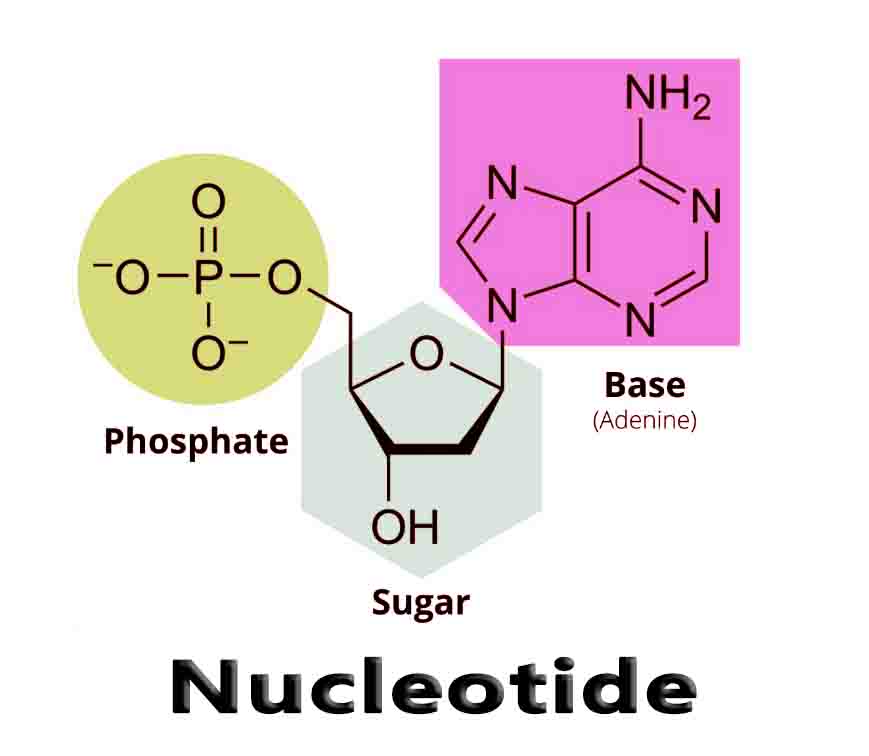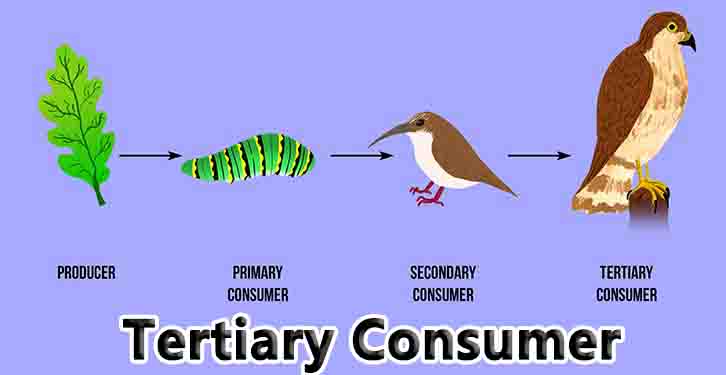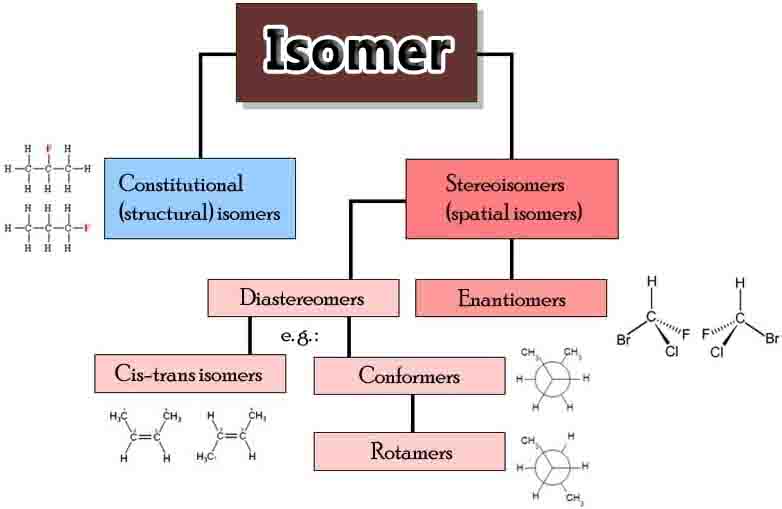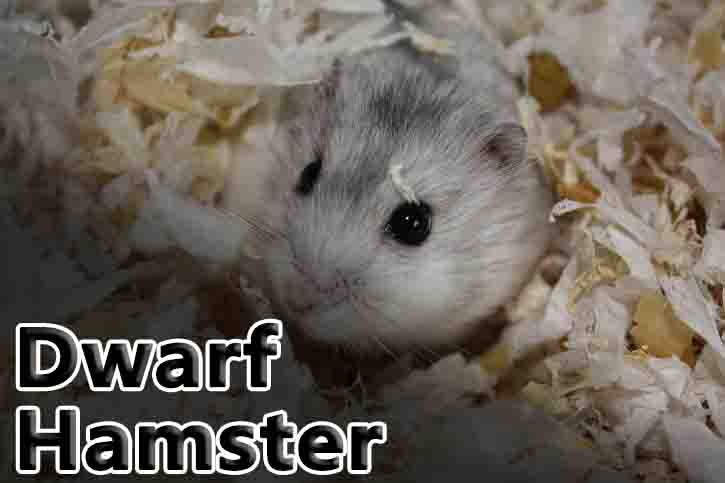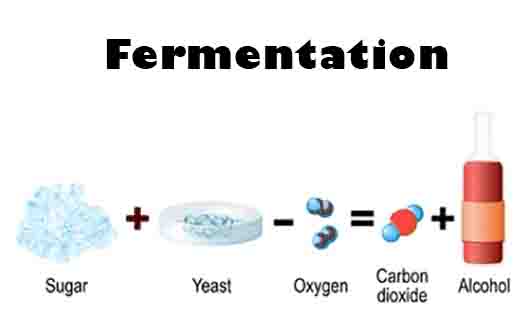Mongoose
The Basics The mongoose is a small carnivore that is mainly found in Africa, although some species are found in southern Asia and southern Europe. These small mammals are bold predators that are well known for their attacks on highly venomous snakes such as the king cobra. There are 33 species belonging to 14 genera. … Read more

